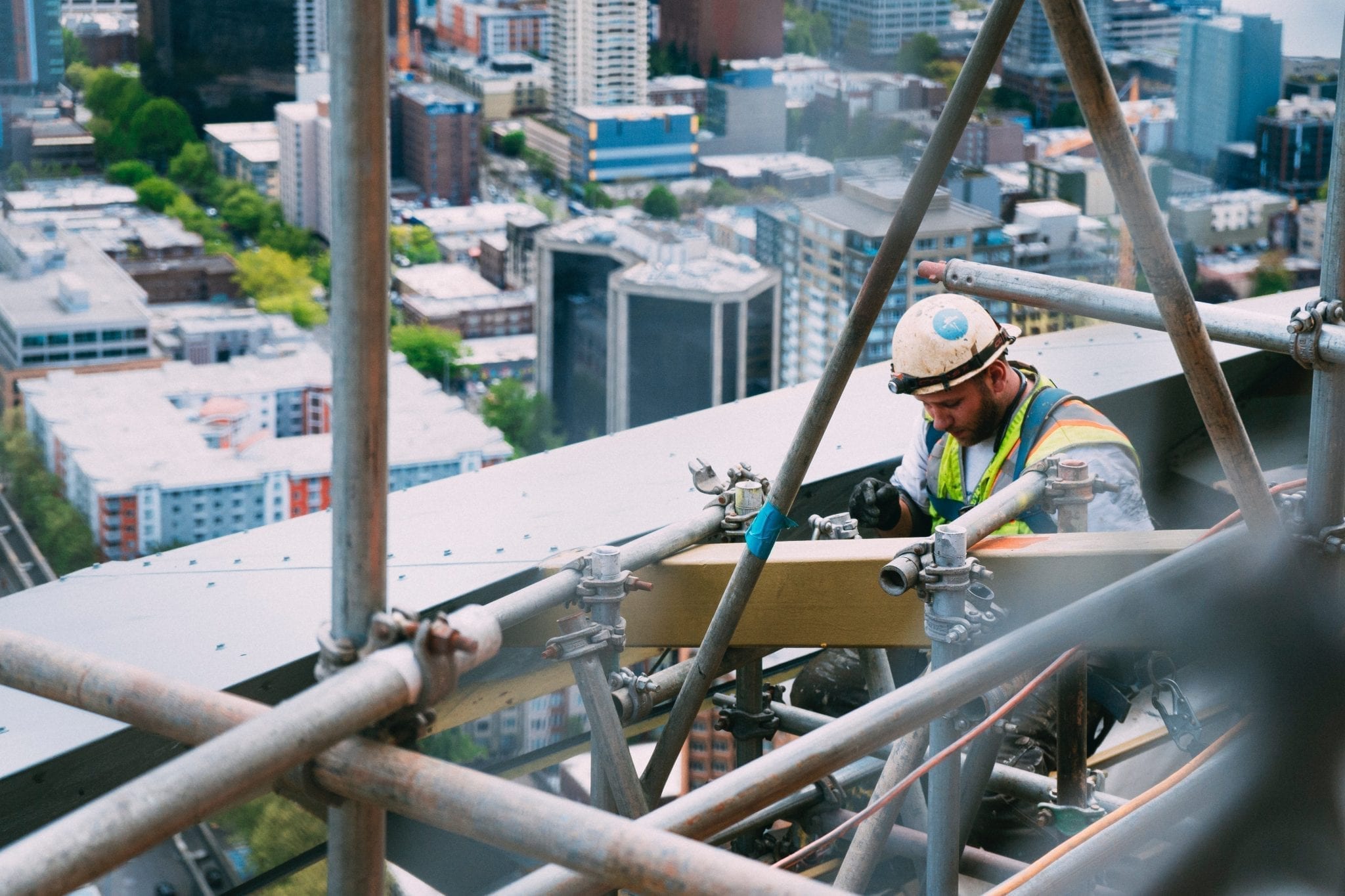Survey Indicates Construction Workers at High Risk of Opioid-related Deaths
A new study published by the Massachusetts Department of Public Health found that of all opioid-related overdose deaths reported in the state the construction industry has been hit the hardest, and workers in this industry are at high risk of opioid-induced fatalities. Architecture and engineering are the only occupations to have a higher death rate among women than men. The overall number of fatalities resulting from opioid overdoses doubled between 2011 and 2015.
The Opioid-related Overdose Deaths in Massachusetts by Industry and Occupation survey used death certificates from this period to source data about industry and occupation, gender, race and age among those affected by the crisis, and this found a total of 5,580 Massachusetts residents died from opioid-related overdoses during the span. Out of those surveyed, the highest amount of deaths was found among construction and extraction workers – more than twenty-four percent of the total. This amount is likely a result of injuries occurred on construction sites.

“Pain is a common feature among injured workers and previous research indicates that opioids are frequently prescribed for pain management following work-related injuries, which has the potential to lead to opioid use disorders,” according to the study.
The Massachusetts Department of Public Health divided those surveyed into a total of twenty-five industry sectors. It broke the construction industry down into several different work duty categories. The laborers’ group had the highest number of deaths, followed by carpenters; painters, construction and maintenance workers; pipe layers, plumbers and pipe-fitters; steamfitters; and roofers. Brick, block and stone masons; structural iron and steel workers, and insulation workers all also saw a high number of opioid-related fatalities.
“The rates of opioid-related overdose death was higher among males than females for all occupation groups except architecture and engineering occupations, but these differences were not always statistically significant,” according to the report.
Other than workplace hazards and unsafe conditions, among the key contributing factors listed as being related to the high number of fatalities are poorly paid sick leave, which would prevent employees from taking time off to recover from injury and illness, and low job security. It also indicates better education about opioids would have to curb the “major public health crisis.”
In January of this year, another survey which was circulated to 600 residents of Massachusetts by Blue Cross Blue Shield found the majority of respondents know someone addicted to opioids, and 71 percent say the opioid epidemic is the biggest problem facing the state, more so than health care costs, crime, or the economy. More than a quarter of the respondents also said they know someone who died of a fatal opioid overdose.
“We still have some room there for improvement,” said Andrew Kolodny, co-director of Opioid Policy Research at Brandeis University. “There are some people who played a role in the development of their addiction, but there are many people who became opioid addicted following a doctors’ orders.” He added, “It is a problem and the treatment community is relatively young and improving, and we need to fortify the existing treatment programs, especially those in Massachusetts. We need more treatment and we’re willing to fund it.”
Sources:
Construction workers suffer highest death rate from opioid overdoses in Massachusetts
A Quarter Of Mass. Residents Know Someone Who Died Of An Opioid Overdose, Survey Finds


Join the conversation!